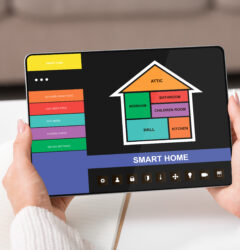Working from Home – From an Operations Perspective
30 Jul

While I’m sure we’ve all by now heard the terms: “Work from Home”, “Remote Work” and Hybrid Work”, how many companies went back to the traditional come to the office and standard working hours after COVID dissolved? It seems to still be a topic of debate about which is best for your business.
Which Option is Best for My Business?
To put it simply, test it out. If you have a working model that you think is best, have you tried other options? Maybe you tried working from home during COVID and then returned to the office? Have you recently retested a different working model?
The Option We Chose
At Simpl, we recently reintroduced a work from home option. In the past and during COVID that model was a must, and we found mixed results (Some miscommunication, mixed productivity outcomes and often low morale). And now, this has all seemed to change. Why? We gave each employee the option: Choose any 2 days YOU prefer to work at home or in fact anywhere you like (Coffee shop, your parents’ house, etc).
The Outcome
After recently reintroducing this model, we noticed a shift. Increased collaboration, communication, productivity, punctuality and more. Employees like to make their own choices. Giving options actually motivated our team more and we noticed increased morale and motivation to perform even better.
Final Thoughts
Each business is different. Different industries, cultures, staff count, policies, procedures. The list goes on. Our suggestion is to revisit your working models. What worked well in the past and perhaps doesn’t work anymore? What do you think didn’t work well before but deserves a second chance? If you have the right structure and tools in place, any working environment can thrive. We at Simpl use Teams when in the office and anywhere else, we can adapt to any environment because of the tools we use and provide.
Look, if you need some help with what options are best for you, please get in touch. We can offer you a free consultation.
Contact us if you’d like our advice. You may be missing a large productivity gap in your business.



Recent Comments